INTRODUCTION
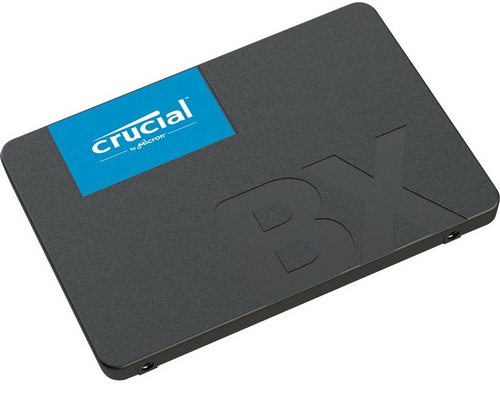
M.2 SATA SSDs (solid state drives) may have switched gears in terms of performance ever since the introduction of the very first NVMe (non-volatile memory express) models last year (thus their popularity skyrocketed) but due to their compatibility with older desktop systems and laptops 2.5" SATA III based models still enjoy the top spot when it comes to sales (and it may take a while for that to change). This of course means that there will be no shortage of new 2.5" SATA III solid state drives getting introduced in the market (at least not any time soon) and although it's been quite a while since the SATA III interface was maxed out in terms of performance we can also expect them to feature the same NAND controllers and flash used with most of the latest M.2 models. Crucial introduced their top of the line MX500 line of SSDs not long ago and just like with their previous models the entry level BX500 line was next.
Crucial.com is a leading online retailer specializing in computer memory (RAM) and solid state drives (SSD), and is operated by a subsidiary of Micron Technology, Inc., one of the world's leading manufacturers of computer memory products. Crucial.com offers more than 250,000 compatible products for nearly every computer system: home and business, old and new, PC and Mac® computers. Utilizing a suite of easy-to-use, free online tools, including the Crucial® System Scanner and the Crucial Memory Advisor™ tool, crucial.com makes it easy to find a compatible upgrade to improve computer performance and restore system reliability.
As competition in the lower-tiers of the SSD industry is getting fiercer every day Crucial had to find ways to drop the cost of their upcoming BX500 line (currently available in 120/240/480GB capacities) and so the very first thing they did was to "marry" the SM2258XT quad-channel NAND flash controller by Silicon Motion with their very own 64-layer 3D TLC NAND flash (Crucial/Micron) and skip on using one or more DRAM modules. As you may have noticed the SM2258XT NAND flash controller by Silicon Motion is pretty much identical to that used in the MX500/BX300 series with one basic difference, it's what the industry calls a DRAM-less design which stands for a cost-effective solution with inferior performance. Of course you're still getting features like NANDXtend (error-correcting with data protection), S.M.A.R.T, TRIM, NCQ, thermal-throttling, active garbage collection, DevSleep (device sleep) and SLC write acceleration (algorithms for optimal sustained performance). Finally Crucial covers the BX500 line with a limited three year warranty and reports a write endurance of 40TBW for the 120GB model, 80TBW for the 240GB model and 120TBW for the 480GB model with an MTBF of 1.5 million hours.
SPECIFICATIONS AND FEATURES

PACKAGING AND CONTENTS
As usual we received the latest SSD by Crucial inside a blue and white box that has the product name at the front along with the company logo and the included capacity.
A few words about their product and its warranty are placed at the rear.
Inside the box you will find the BX500 SSD and a warranty information paper.
THE BX500 240GB
The BX500 may look the same as pretty much every other model released by Crucial in recent years but it’s the very first time they've used a plastic enclosure.
A large sticker at the rear includes information such as the capacity of the drive, installed firmware, product serial number, 2D barcode, electrical requirements and several certification logos.
The enclosure is held together with clips and as you can see the PCB is less than half the normal size (even smaller compared to that used in the BX300).
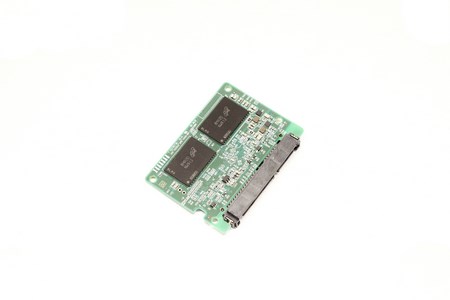
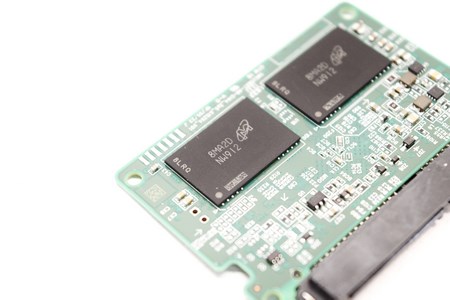
On the top end of the PCB we see two 64-layer 3D TLC NAND flash modules (64GB in capacity each).
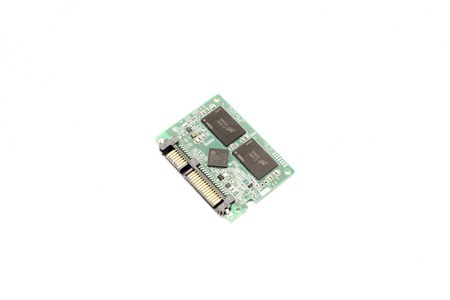
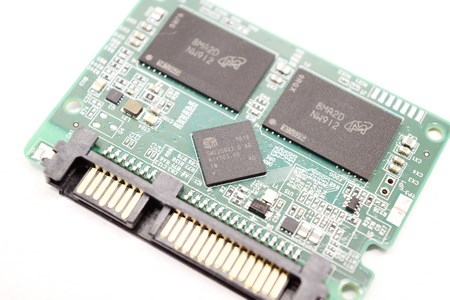
Two extra NAND flash modules are located on the bottom end along with the Silicon Motion quad-channel SM2258XT NAND flash controller.
CRUCIAL STORAGE EXECUTIVE
If you need more control over your BX500 you can always download Crucial’s Storage Executive software from their website.
The very first screen shows the available physical (obviously just in case you wish to use their momentum cache technology) and virtual system memory and the drive’s serial number, installed firmware version, used capacity and temperature.
You can check the current temperature and drive usage from the drive details tab.
Detailed drive status can be checked from the SMART tab.
You can also perform an online firmware search for the drive but to date Crucial hasn’t released an update for the BX500.
If you need to securely delete everything on the drive the sanitize drive tab offers that option.
Momentum cache uses a small amount of system memory (RAM) to store data prior to moving them to the SSD’s flash memory. Since RAM is faster that should improve performance but since the amount of RAM used is not large (unless you have 128GB or more installed in your system) you’re practically getting a small but rather short-lived boost.
Via the Over Provisioning tab you can allocate a percentage of the drive (a small amount is pre-allocated but you can increase it significantly from here) to improve system performance and endurance (unfortunately since the flex capacity and device self-test options are not supported on the BX500 we can’t talk about them).
TEST BED
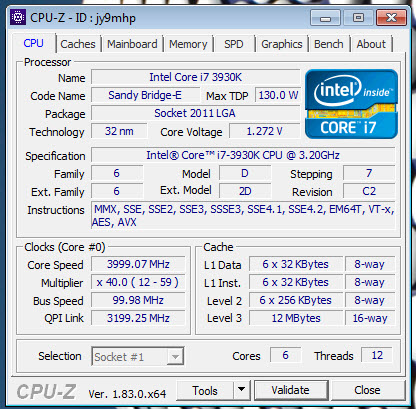

TESTING METHODOLOGY
After almost 10 years of testing solid state drives we've concluded that it's almost impossible for any single benchmark suite to accurately measure their performance and that's why in certain benchmark suites we see amazing read/write performance numbers with some drives while in others things are quite different. The reason behind this is that some benchmarking suites are configured to read and write random chunks of data while others read and write constant (sequential) ones. So that's why i always use a very wide selection of benchmarking suites including AIDA64, HD Tach RW, HD Tune Pro, Crystal Disk Mark, Sisoftware Sandra Pro, AS SSD, IOmeter and ATTO. To get the most accurate results each test gets repeated a total of 6 times with the average performance numbers recorded into our charts. Also as of February 25th 2015 our results will also include the Storage Networking Industry Association’s (SNIA) IOMeter tests. These tests include a 12 Hour write test used to “simulate” performance degradation over time and a mixed workload test which basically shows what you can expect when using an SSD continuously for roughly two hours. Unfortunately due to the time required for these tests we repeat them a total of 3 times and not 6 as the above.
Many people have made inquiries about our charts in the past so once again please do keep in mind that the Charts have the average performance numbers of each drive recorded and not the peak (highest) ones. Also although every single one of these programs can help potential buyers choose the right drive for their needs you should also remember that from any kind of benchmark up to real world usage the gap is not small (and usually most differences will go unnoticed by most people). All tests were performed in a fresh Windows 10 Pro x64 installation with every update installed up to October 15th 2018.
TEST RESULTS - AIDA64 / ATTO


TEST RESULTS - HD TACH RW / HD TUNE PRO


TEST RESULTS - SISOFTWARE SANDRA PRO / CRYSTAL DISK MARK X64


TEST RESULTS – AS SSD / IOMETER

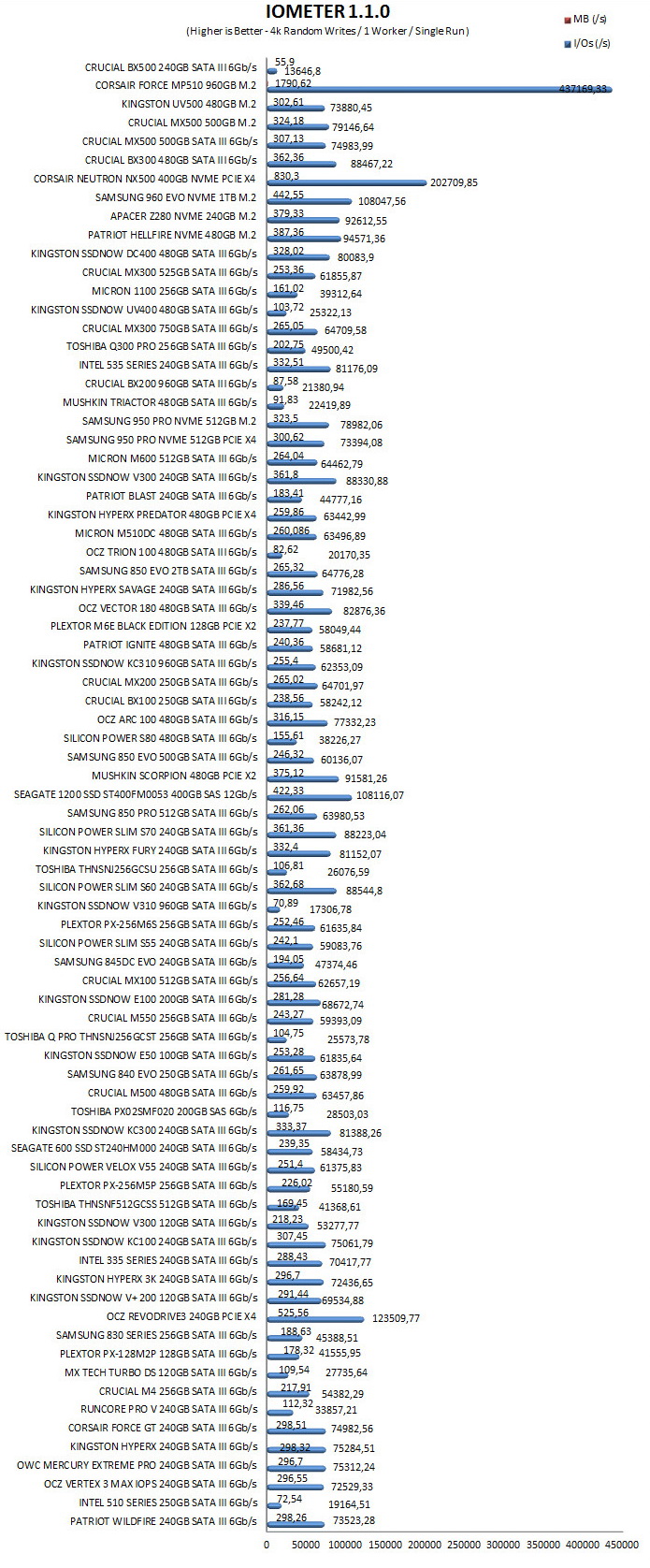
TEST RESULTS – IOMETER SNIA
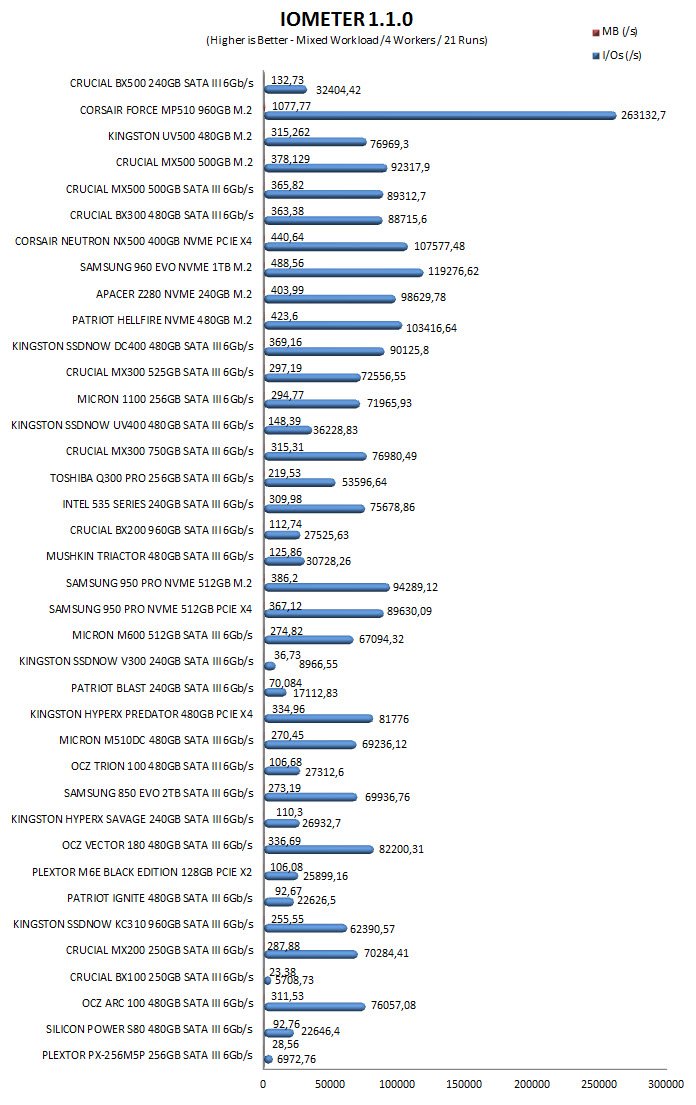
CONCLUSION
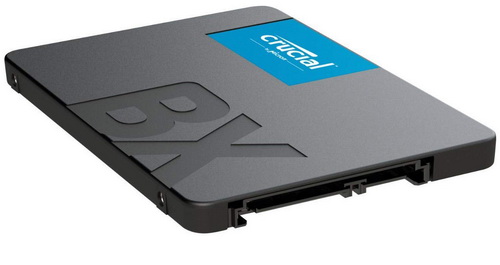
After wrapping up all our tests it’s very clear that the new BX500 240GB SATA III SSD by Crucial is nothing to get excited over since its entry-level performance is inferior not only to that of its predecessor the BX300 series but also older models. Of course this was to be expected due to the lack of a DRAM module but another factor may have come into play and we're of course talking about the plastic enclosure which could increase the chances of thermal throttling (as opposed to the aluminum enclosure of previous models). Unfortunately since Crucial was unable to send us the 480GB model like they did with most of their past lines (we will try to get it in order to deliver a more accurate comparison) we can't directly compare the BX500 240GB model to the BX300 480GB model but regardless it's easy to see that the BX500 line is actually a step backwards in terms of performance (and reliability for the 120/480GB models since they feature a lower TBW compared to the models of the BX300 line).
Crucial had to cut some corners in order to reduce the price of the BX500 series and since currently the 240GB model retails for just USD49.99 inside the USA (Amazon.com) and for 39.99Euros inside the EU (Amazon.de) they obviously succeeded. Still although demanding users (even owners of the BX300 series) will steer clear of the BX500 series by Crucial casual users on very tight budgets will most likely have zero issues with its performance levels and that’s why we strongly recommend them to check it out.
PROS
- Performance (Compared To HDDs)
- Features (NANDXtend / SLC Write Caching / DevSleep)
- Crucial Storage Executive Software
- 3 Year Warranty
- Price
CONS
- Overall Performance Levels (DRAM-Less Design)
- Plastic Enclosure (Temperatures)
- Available Capacities (120/240/480GB)
- Not Available In The M.2 Form Factor

 O-Sense
O-Sense





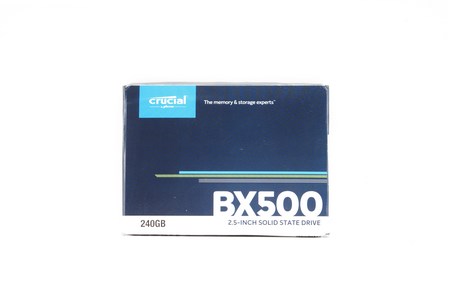
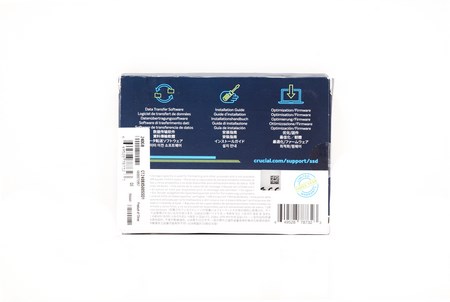
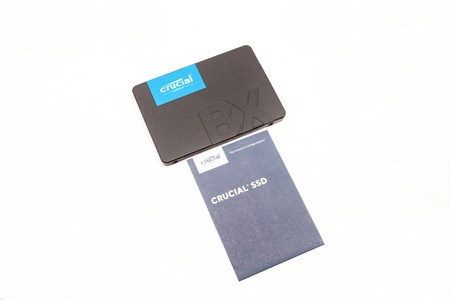
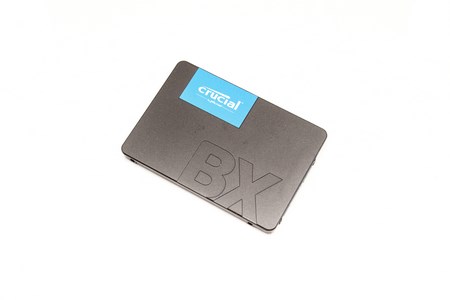
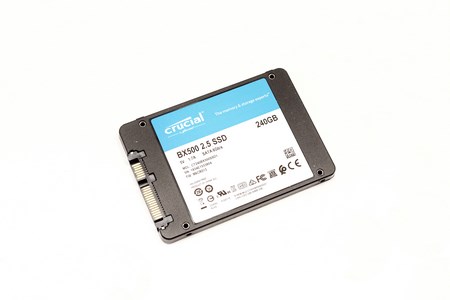
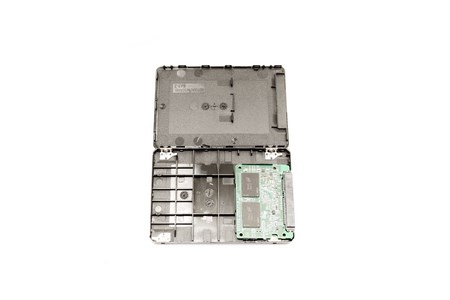
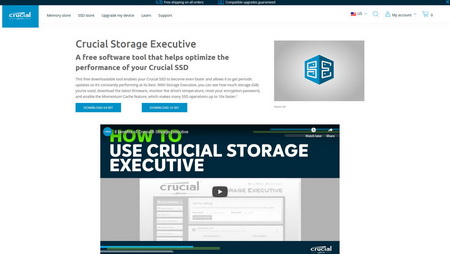
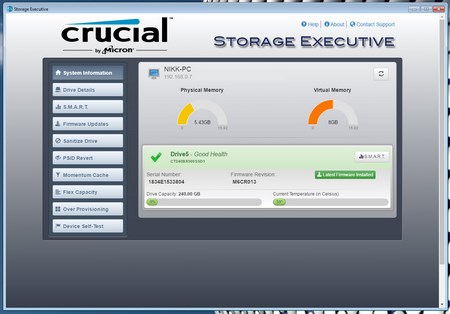
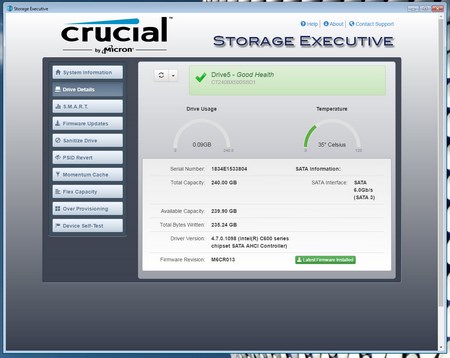
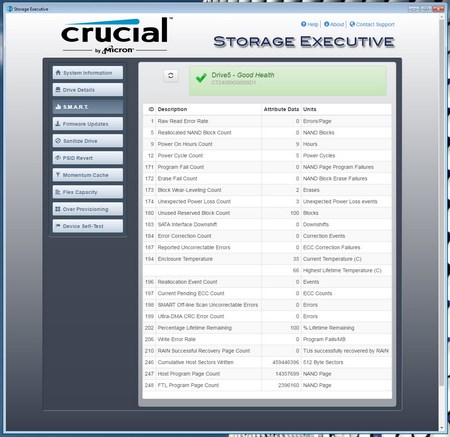
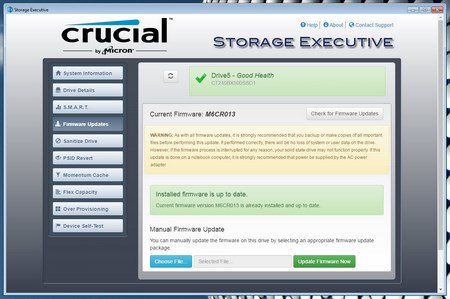
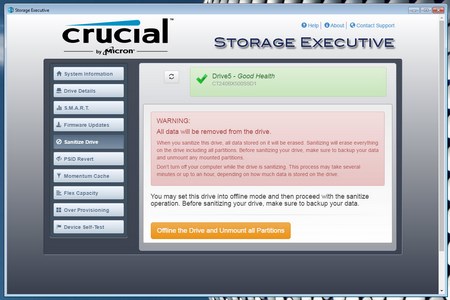
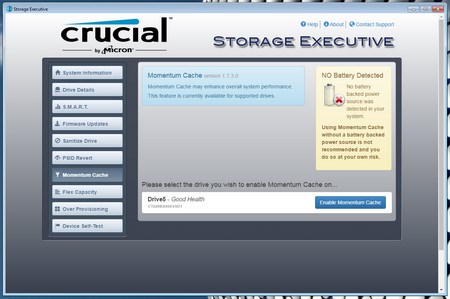
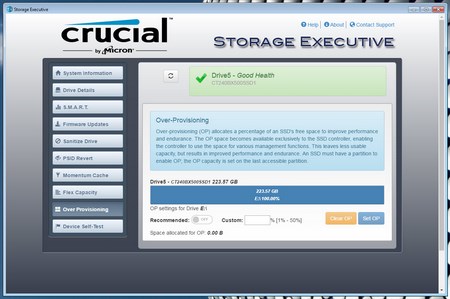
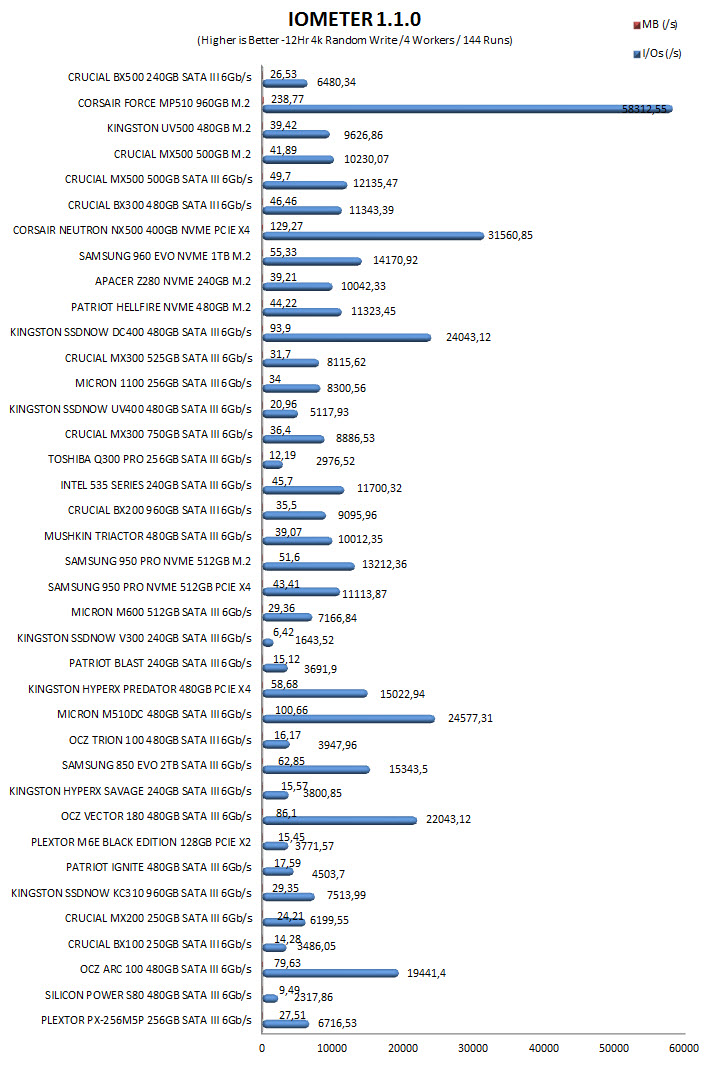
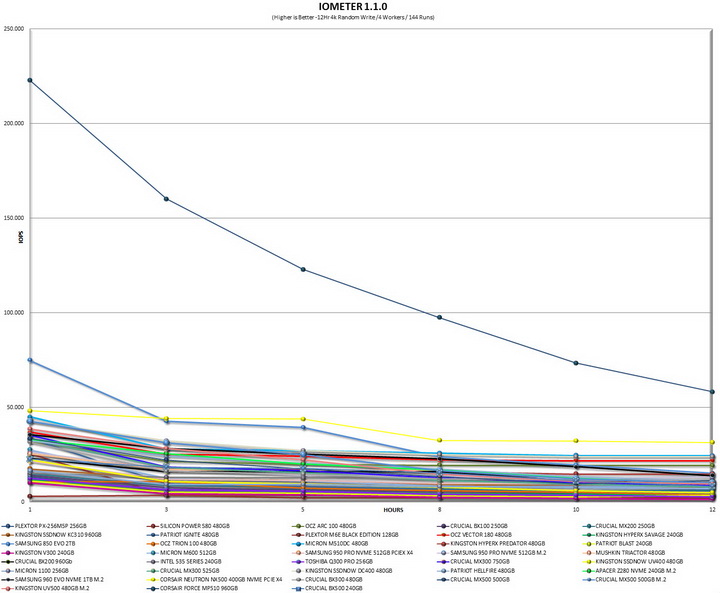


.png)

